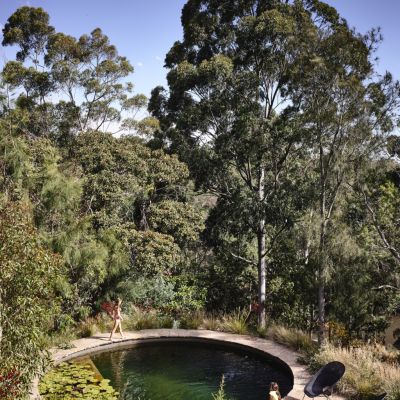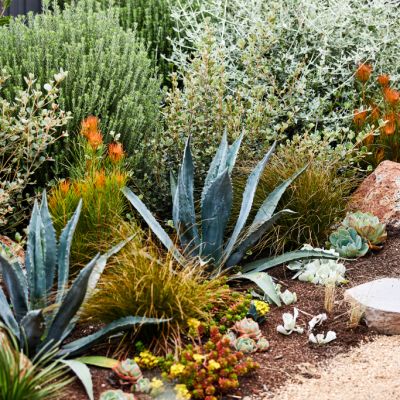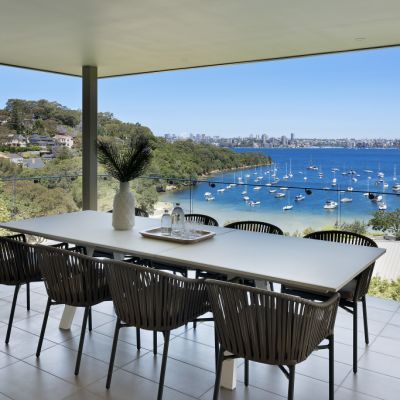Let's talk about decks: 'It's a trend that's here to stay'
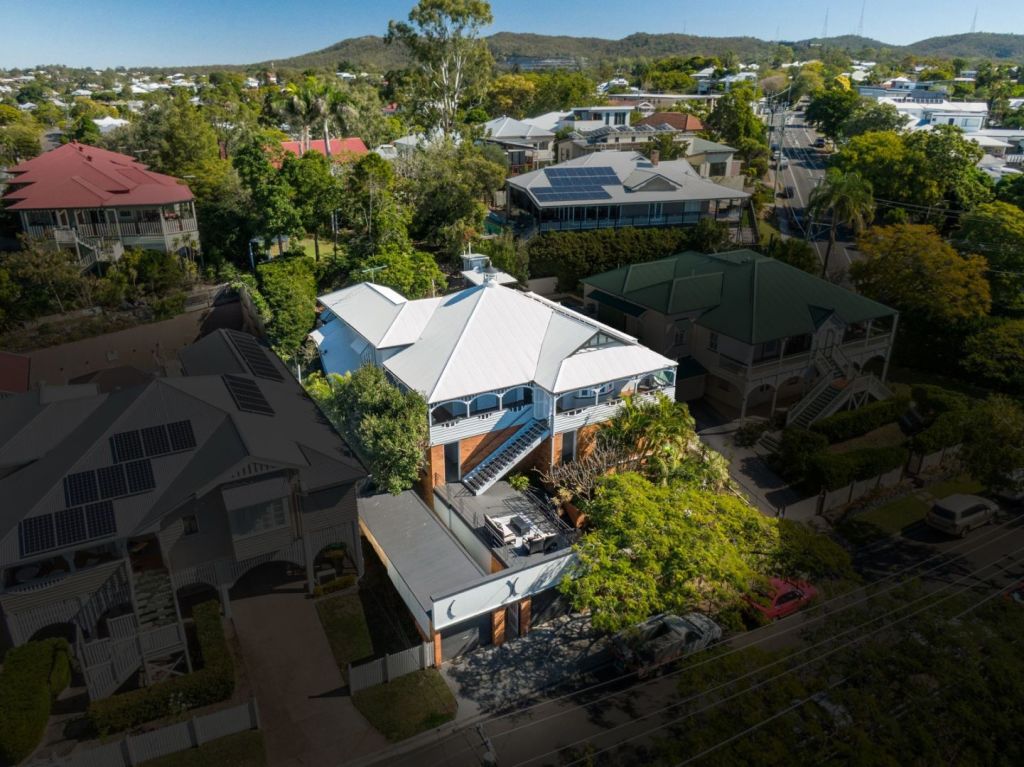
Australia’s love affair with the great outdoors is easy to spot in home design, where one particular feature is king.
Whether it’s a generous space that can fit plenty of friends and family members over the festive season, or a smaller nook perfect for a quiet tipple, our obsession with decks seems built to last.
That much is clear at open inspections, according to Sydney agent William Brush from LJ Hooker Dural.
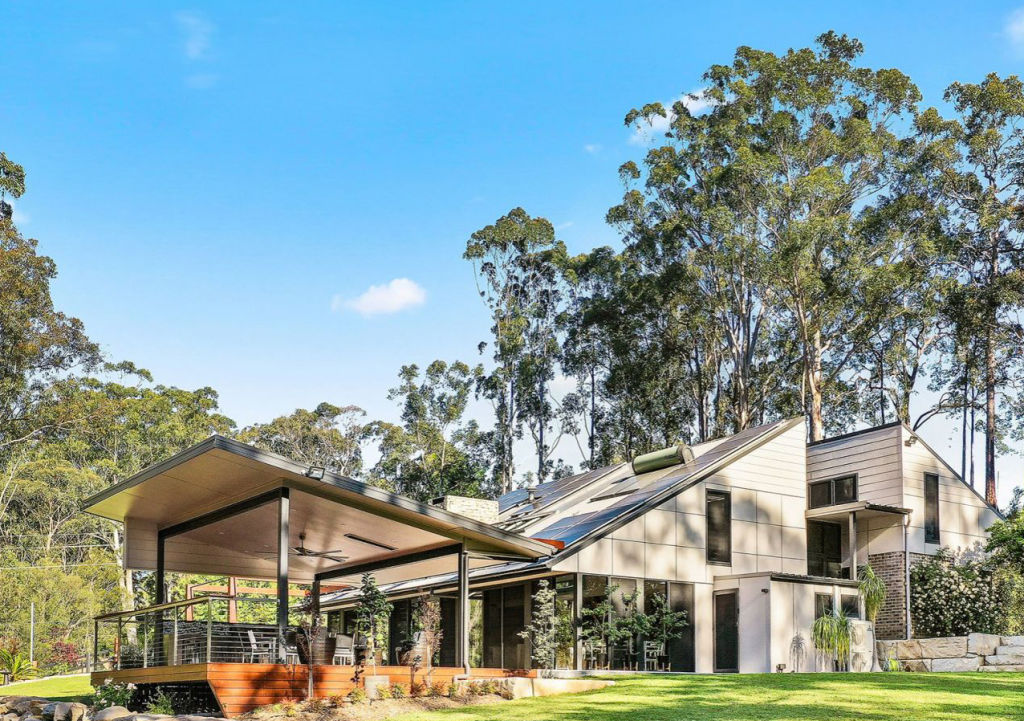
“It’s definitely one of, if not the most important part, nowadays,” Mr Brush said. “People do usually specifically comment on whether there was a deck, whether it had an outdoor kitchen, whether it was fully equipped etcetera. It’s something buyers are much more across now.”
Mr Brush said demand had prompted sellers to bring more sophisticated features into the picture. “Basically, every attribute you could want, they cater to,” he said.
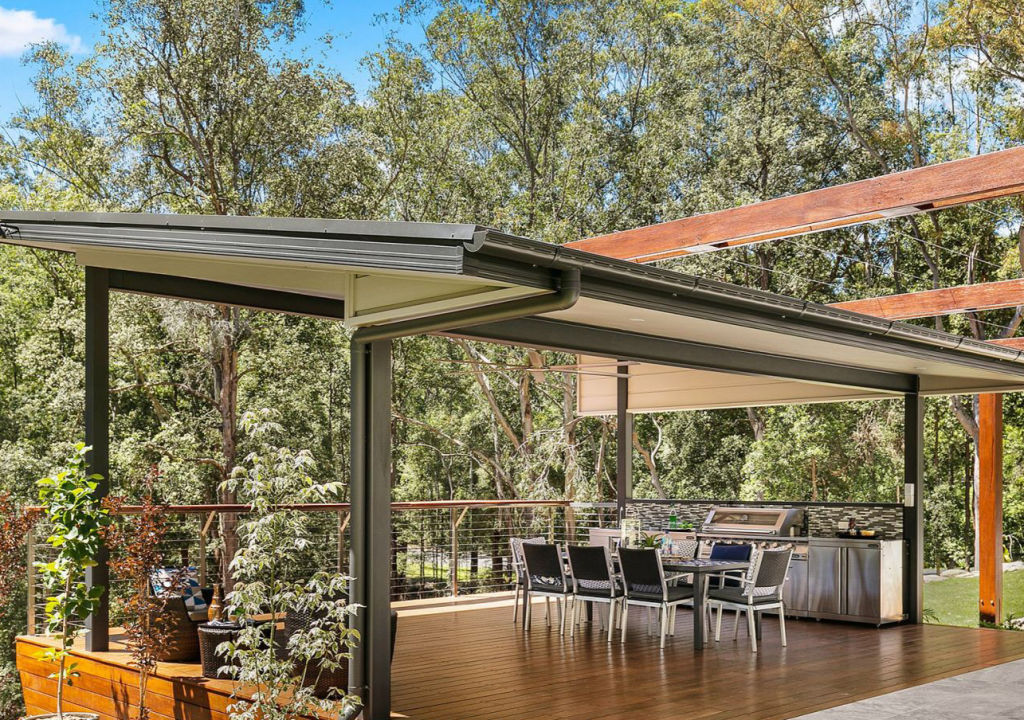
Mr Brush is selling a five-bedroom home in Dural with a $3 million to $3.3 million price guide, where the newly-built, solid-timber deck area can fit 20 people comfortably.
The set-up includes a covered entertainer’s space, a built-in kitchen with a mosaic splashback, a fan for summer, and heating for cooler months. There’s also a cocktail bar where guests can take in the bushland backdrop.
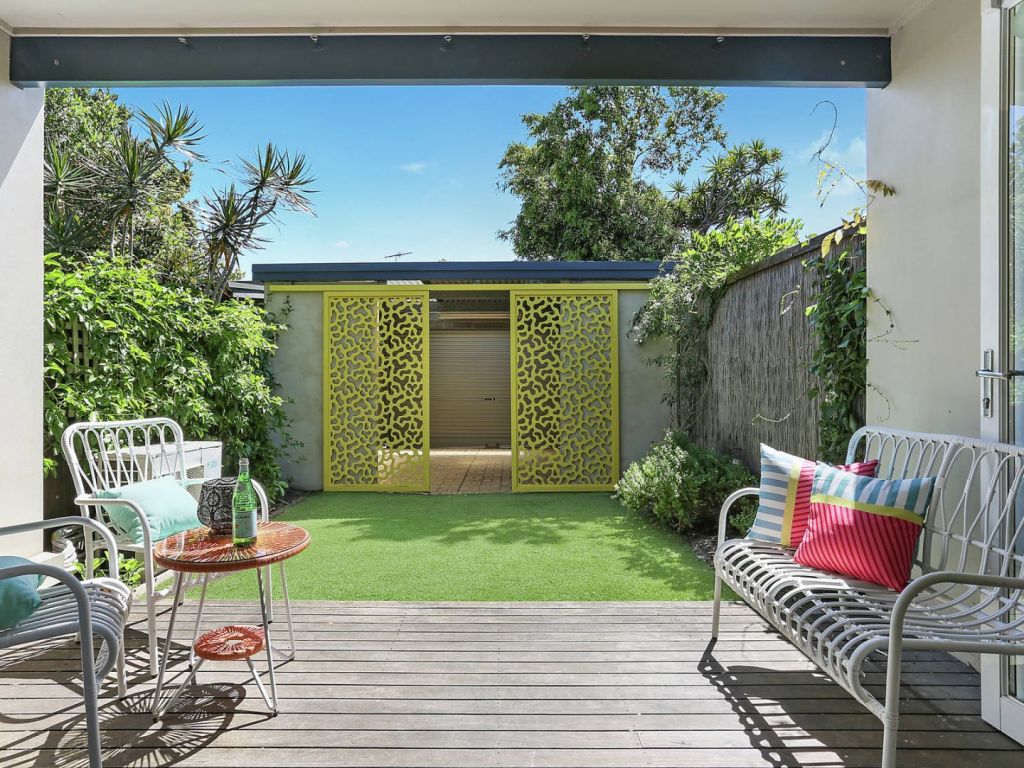
Phillip Hutt from Decks by Design said Australia’s fascination with the outdoors was nothing new but agreed that home owners were finding new ways to embrace the trend.
Today’s hottest styles were not especially new, either.
“We’ve been through the Asian-inspired style, the very modern Australian style, and now we are looking at a lot of old English and Hamptons-style decks, the ones that we were doing 25 years ago,” Mr Hutt said.
He said Hamptons-inspired spaces were the most popular, often regardless of location.
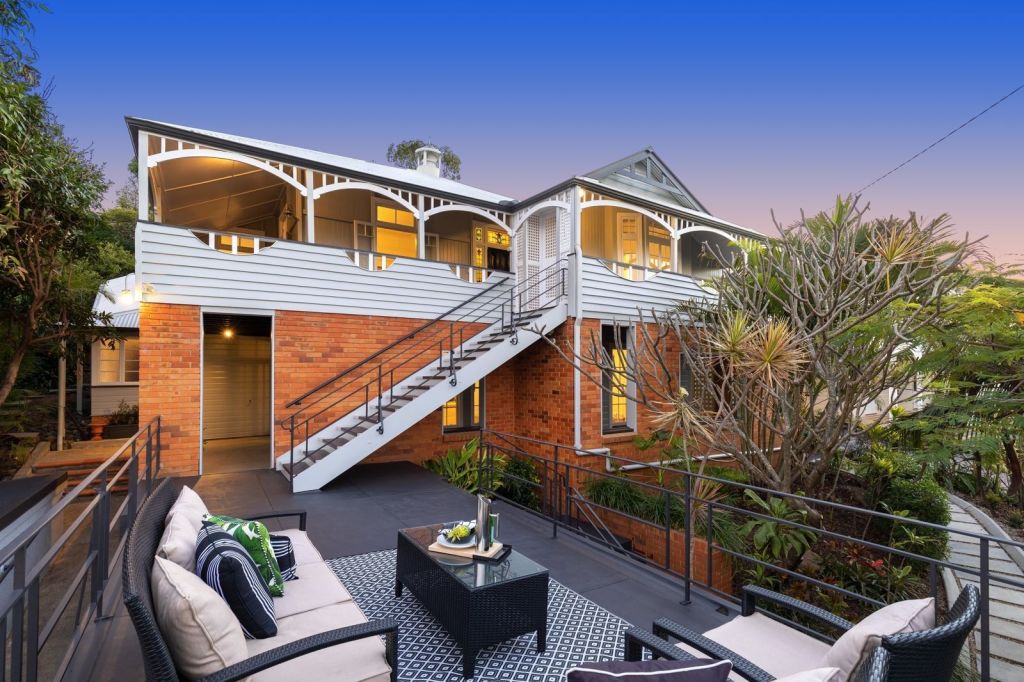
The amount of money being spent on decking, however, had changed significantly.
“In the 1990s … the average expenditure was around the $10,000 to $15,000 mark,” Mr Hutt said. “Now, well into 2019, the average deck is up around the $50,000 to $60,000 mark, and I’m talking across the board.
“They basically want a living room that they can open up to the outdoors.”
Mr Hutt said clients were also more focused on where their decking materials were being sourced from, with native sustainable timbers the most in-demand.
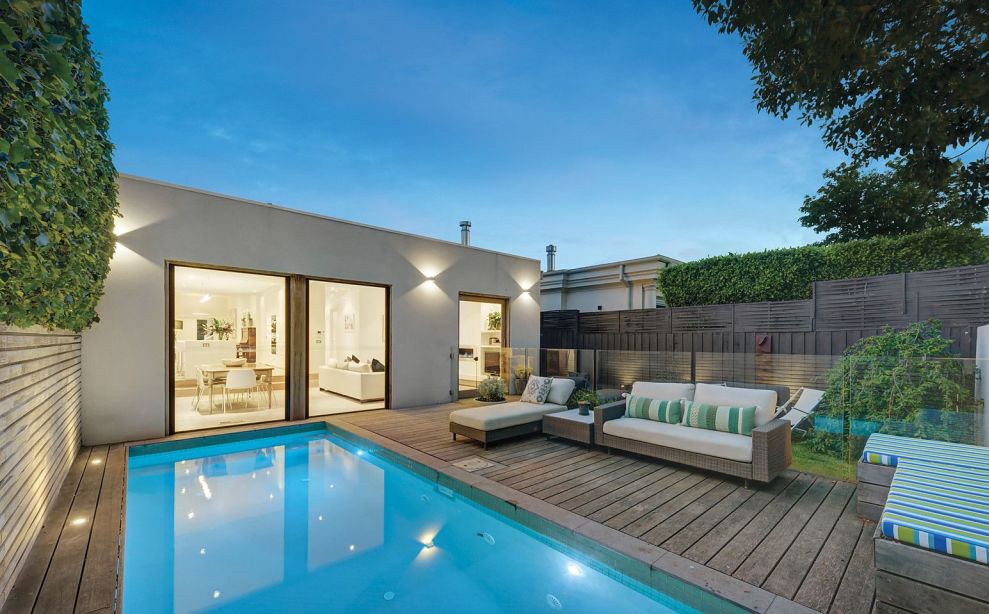
He said anyone thinking of adding a deck should first consider whether the design would comply with local regulations, and added that year-round functionality was also crucial.
He suggested cafe blinds, outdoor heating and outdoor fireplaces were worth considering for cooler seasons.
“You can have the best designer in the world, and they can create a wonderful-looking space, but if it’s not being used, then it’s basically wasted money,” Mr Hutt said.
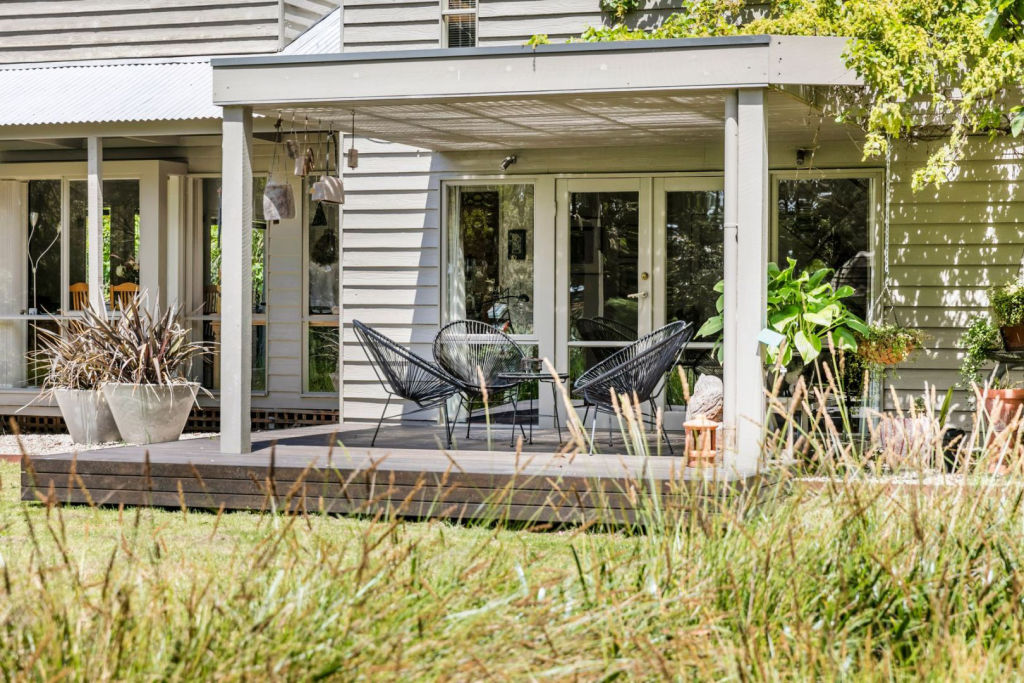
Functionality was front of mind for Ian Sharpe when he and his partner Geoffrey Schrader designed the decks at their Merricks property on the Mornington Peninsula.
The larger rear deck is split into two sections, joined by a wooden walkway that is ideal for social gatherings.
The second smaller deck is covered and flows out from the living room. “It had that great intimacy to it, and was connected with the house,” Mr Sharpe said.

“The back [deck] could seat eight, but we never aimed to eat at the smaller one – that was more for a gentle gin.”
Mr Sharpe said his partner – who has since passed away – deserved much of the credit for the design.
The property has a garden that blends tropical and native plants and is listed with Meg Pell from Kay & Burton Flinders with a $2 million to $2.2 million guide.
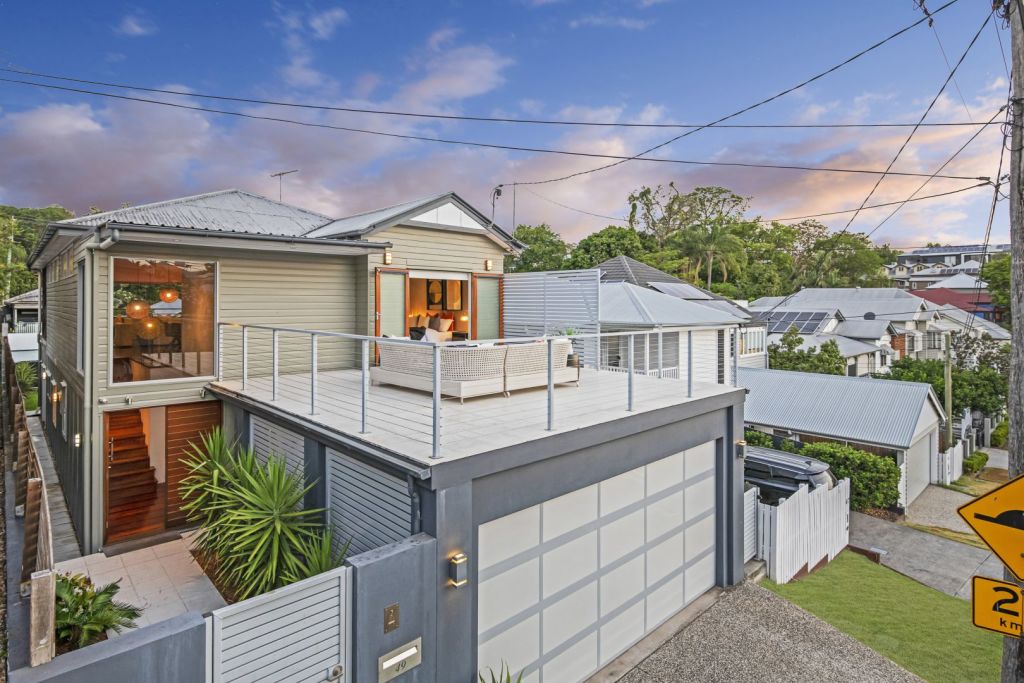
In Brisbane’s Paddington, another house with multiple decks is on the market. The five-bedder has a traditional entertainer’s deck above the backyard and another above the garage.
Judi O’Dea from Ray White Paddington said she was inviting interest of more than $1.6 million and said the front deck was what set the home apart.
“Paddington has a lovely family-friendly aspect, and people are always walking their dogs up and down the street,” Ms O’Dea said. “[You can] connect with people simply by walking to the front of the house and saying, ‘Did you have a good day?'”
She said the covered rear deck offered parents a space to relax while also keeping watch over children in the yard or pool.
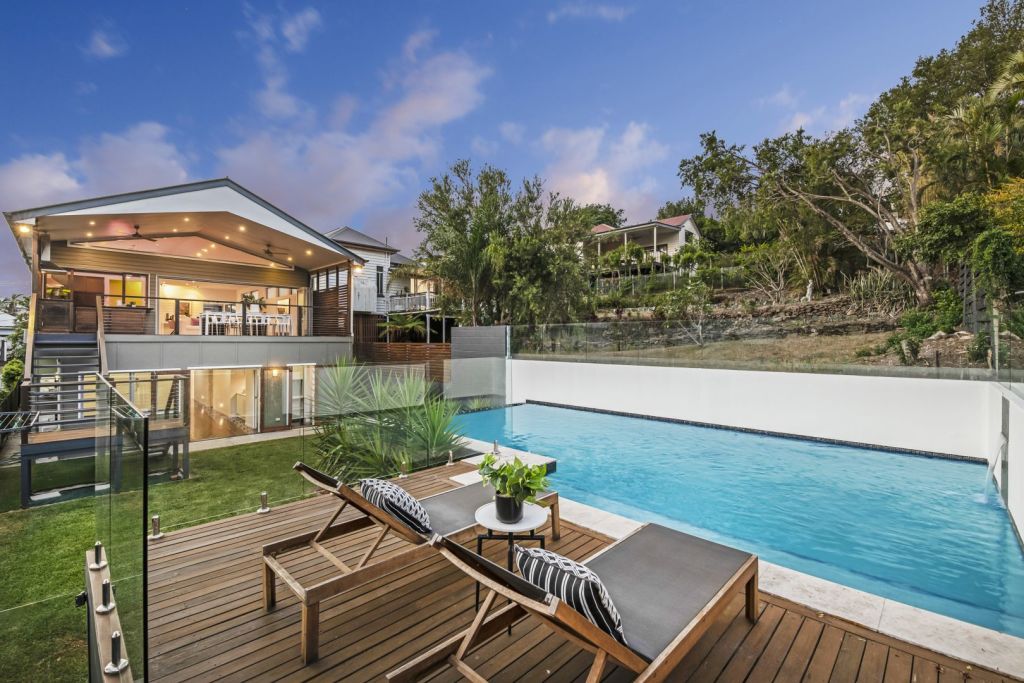
Ms O’Dea said decks were a particularly important part of the Brisbane lifestyle and were often seen as key for buyers.
She said Brisbane’s climate meant that certain features were essential. “They must be lined, because it’s hot, they really should have appropriate lighting, and they should have fans as well because they keep away the insects,” she said.
Jarred Pior, an interior designer at Coco Republic, said outdoor furnishing trends had evolved along with the great Australian deck.
“It’s a trend that’s here to stay,” Mr Pior said. “The comfort of outdoor furniture is improving, the outdoor fabrics are improving, and so, in turn, the design of outdoor pieces is just as good as indoor pieces.”
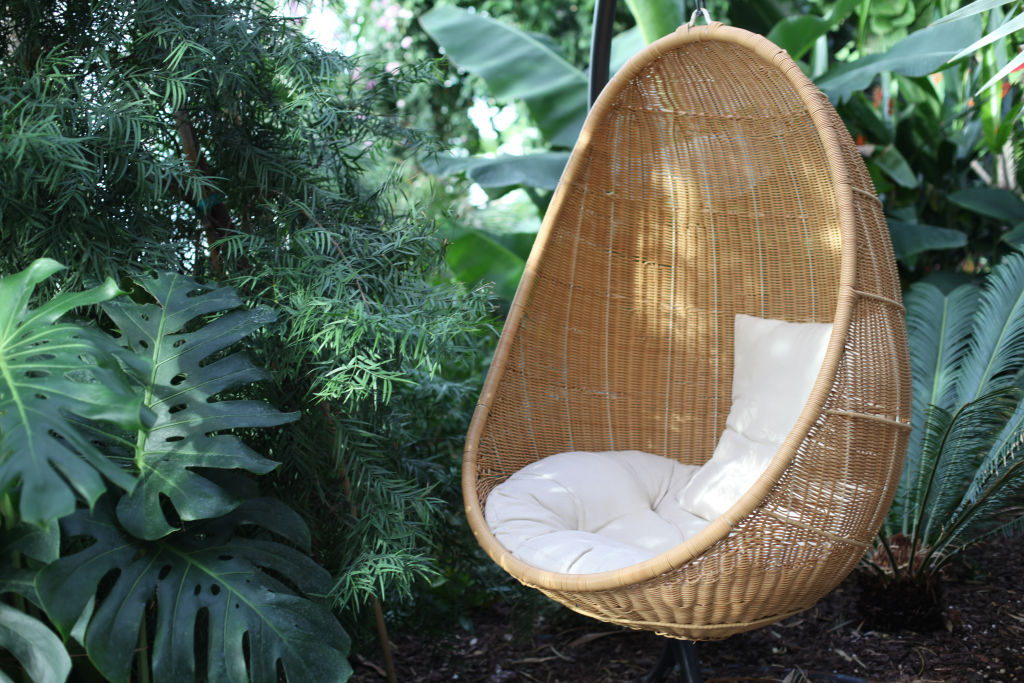
He said concrete tables and woven details – on the back of dining chairs or in the form of placemats – were in fashion, and that Hamptons-style furnishings had an enduring appeal.
For home owners unsure of what look to create, Mr Pior said to stick with the basics.
“Always consider timeless shapes and materials,” he said, pointing to brown wicker and furniture with clean lines as examples.
We recommend
We thought you might like
States
Capital Cities
Capital Cities - Rentals
Popular Areas
Allhomes
More
